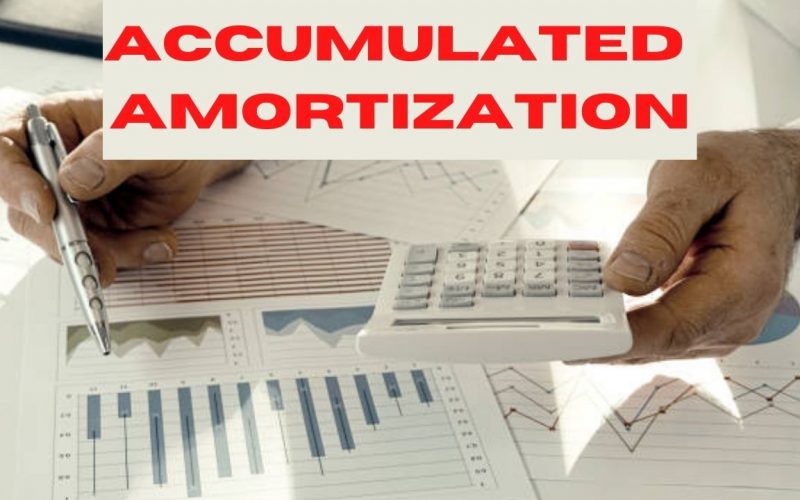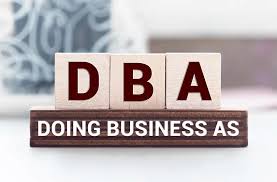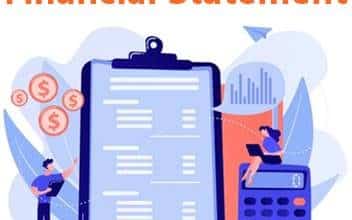Have you ever come across the phrase “accumulated amortization” and wondering what it means?
Actually, when it comes to business, amortization means the process of paying off debt using a schedule. And this term is used to separate the two processes. The process of amortization of loans and the second process, which is the amortization of assets. From the origin of the word, amortization means to cut off a loan or rather to kill a loan.
Wikipedia defines Amortization is paying off an amount owed over time by making planned, incremental payments of principal and interest.
In this article, you are going to learn what accumulated amortization is, the account type, how it differs from Accumulated Depreciation, and many more. Keep reading and learn all that will benefit you.
Accumulated Amortization
This is used to understand and realize all the value of intangible assets. It is used in the company to utilize and understand its long-term asset. And the relationship has a lot to do with spreading out the payment of loans over a period of time.
In a nutshell, amortization is used when showing the general gradual consumption of intangible assets over time. Accumulated amortization is not just useful to the economist but also to any company trying to figure out its tangible on a balance sheet.
What is Accumulated Amortization?
Accumulated amortization can be defined as the cumulative or the total amount of amortization expenses recorded in the spreadsheet used against an intangible asset. The idea of this can apply to every amortization that has been recorded over a group of all intangible assets. In calculating this amortization, it’s nearly calculated on a straight line.
And its typical entry is a credit to an accumulated amortization account and a debit to the amortization expense. it is calculated and recorded as a contra asset account on the balance sheet. It is kept below the intangible assets line item that is unamortized. And below the line comes the total amount of intangible assets.
Importantly, it is not very common to present accumulated amortization on the balance as a separate line item. And also for more typical presentations, they are included in the accumulated depreciation line item.
Accumulated Amortization Balance Sheet
Companies use the accumulated amortization to spread to reduce an asset value on the balance sheet. It is used to spread the cost of maintaining an intangible asset. It acts as a tool for reducing asset and stockholders’ equity in a balance sheet. And by so doing, reducing the net/total value of assets in the asset section. Because this reduction affects the income statement regularly by retarding the earnings of shareholders.
What is Net of Accumulated Amortization?
Net of accumulated amortization is the total cost of an intangible asset that is yet to be charged to an accumulated amortization. It can be calculated by subtracting its accumulated amortization from the original cost of an intangible asset. When the tangible asset is terminated, the account linked to the accumulated amortization will be removed from the balance sheet.
Is Accumulated Amortization differs from Accumulated Depreciation?
Yes, accumulated amortization differs from accumulated depreciation because it is related to intangible assets, whereas accumulated depreciation is related to tangible assets. Though both can look similar. They are two ways of calculating
Accumulated Amortization Account Type
The accumulated amortization account type is Contra Account when appearing on the balance sheet. This account type is used to lower the book value of the intangible assets recorded on a balance sheet. Accumulated.
Is Accumulated Amortization an Asset?
Yes! since it is used to realize and identify the intangible asset value for companies, it is considered a long-term asset for the company.
Accumulated amortization is a very useful method used to evaluate and examine the total value of intangible assets. And of what importance it provides to firms/businesses. In other words, it is the amount of all the costs which have been shared with the asset over its useful years.
Calculation of Accumulated Amortization
In calculating the amortization of intangible assets, the total residual asset(value) should be subtracted from the recorded cost when calculating amortization. Then divide the difference between the two values by the asset’s useful life. The value will be computed from the record each year.
Subtract the asset’s residual value from its initial value. Multiply that figure by the asset’s life expectancy. The amount you can amortize each year is the outcome. Divide the starting value by the lifespan of the asset that has no residual value. Yes, as a Contra Asset account, Accumulated Depreciation would be a negative number.
Accumulated Amortization Examples
Since we now know that when it comes to Accounting Principles, that the accumulated amortization is generally confined to particular long-term assets.
Example one- The patents, gives the owner exclusive production rights for a long period of time. Another example is copyrighted, and this gives a producer the right to be reproducing a product for a period of time. Finally, there is a license- which grants an organization or individual the authority to execute a specific act or sell a specific product. Leaseholds are payments made to a lessor to assure that an asset will sell.
To get it right, you have to calculate the amortization rate for each of these examples, as well as the length of the agreement.
Accumulated Amortization Journal Entry
By debiting the amortization expenditure accounts and crediting the accumulated amortization account, the corporation can make the amortization expense journal entry. Accumulated amortization is a balance sheet counter account for the intangible asset. Moreover, its typical credit balance is positive on the credit side.
Accumulated Amortization vs Depreciation
Well, to differentiate between the two. You need to understand that both amortization and depreciation are two strategies for determining the value of a corporate/company’s asset over time. Amortization is the process of spreading the cost of an intangible asset over its useful life. Expensing a fixed asset throughout its useful life is known as depreciation.
The term “amortization” refers to the slow depreciation of an intangible asset over time.
Accumulated amortization varies from accumulated depreciation. It is linked to intangible assets, whereas accumulated depreciation is linked to tangible assets.
What is the purpose of amortization?
The purpose or aim of amortization is to help lower the value of a loan or intangible assets over time. Moreover, in relation to loans, it focuses more on spreading out the payment of loans over time.
Why does Amortization increase?
Amortization increases cash because the amortization expense is a non-cash expense. And, like everyone’s non-cash expenses, it tends to add to the next income, especially when one is drafting an indirect cash flow statement. This applies to the depreciation of physical assets too. And also extend to other non-cash expenses like accumulated interest expenses and increases in payables.
How do you record accumulated amortization?
In general, you should record the accounting for amortization expense as a debit to the amortization expense account and as a credit to the accumulated amortization account.
As stated earlier, the account appears on the balance sheet as a contra account, and is paired with and positioned after the intangible assets line item.
Summary
For you to understand the concept of accumulated amortization, firstly, you should keep in mind that the assets in question are intangible. Therefore, there are typically long-term assets that are not physical in origin. Meanwhile, you can achieve accumulated amortization by gradually reducing the intangible account lump sum.
Again, it’s advisable to extend the calculating of amortization in a continuous incremental method for a maximum of 40 years during the life of the asset in question. In the same way that you would write off accumulated depreciation as Contra Asset Account in the actual account balance, record the accumulated amortization of assets directly against the total asset account. And for this purpose, there is no need for such an account here.
Explaining it further, whenever a firm or a business purchases an intangible asset, it’s important that the intangible assets must account for its depreciation in the balance sheet. Also, In a typical balance sheet entry, the amortization expense is debited, and the accumulated amortization account is credited. Talking about assets that are subject to amortization. They include patents, non-competition agreements, license agreements, and customer lists.
For you to simply calculate and determine the accumulated amortization, the value of the underlying intangible asset should be divided by the years of its useful life. However, this division enables businesses to report the same amount as amortization expense over the life of an intangible asset. In this situation, amortization occurs over the asset’s lifetime.
In a balance sheet, accumulated amortization is a contra asset account that is usually listed below the unamortized intangible asset line, with the new intangible asset amount calculated directly under it. Also, whenever an intangible asset is sold or removed from the financial statement, the previous accrued amortization amount is also withdrawn.






